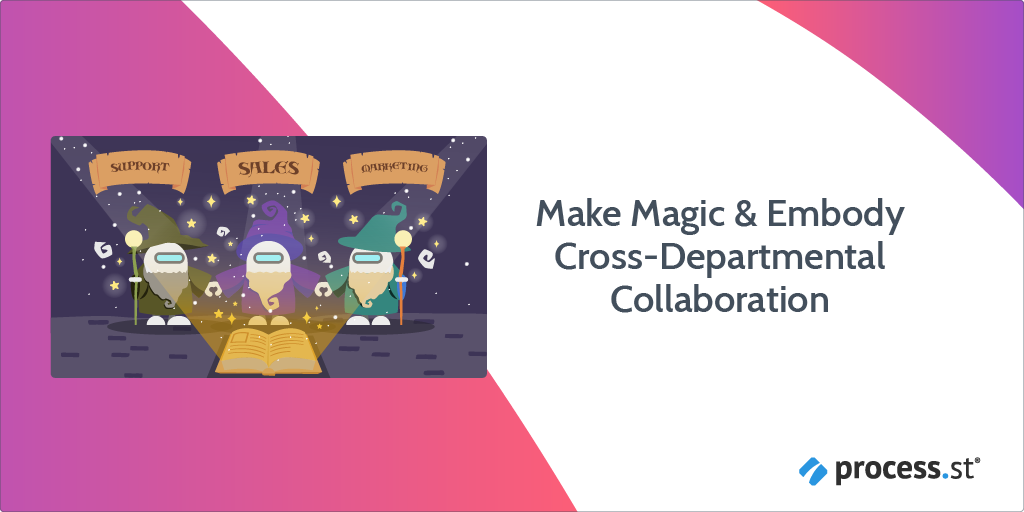Studies show that effective employee onboarding improves employee retention by 82%. And this applies to sales onboarding, as well! When considering the average cost of replacing an employee is ~$30,000, you will recognize how vital good onboarding processes are.
Despite this, 88% of organizations don’t onboard well. This is a major problem burning holes in a lot of pockets and a reason why sales onboarding is so important.
In this Process Street article, you’ll learn what sales onboarding is and the benefits good onboarding brings to a business. You will find out key skills to be identified and nurtured during the sales onboarding process before being granted access to Process Street’s Sales Onboarding Checklist for free. This checklist is uniquely designed to help you develop effective sales onboarding processes.
This article has been written to assist in the creation of a leading sales team. To do that we give you our top 11 template resources. You can click on the links below to be directed to these templates, or scroll down to find out more.
- Sales Onboarding Checklist
- Diversity Hiring Process
- Ari Meisel’s How to Streamline the Hiring Process Guide
- Code of Conduct Policy Adherence Process
- Employee Background Check
- Employee Developmental Plan Template
- Employee Satisfaction Survey
- Performance Management
- Performance Review Template
- Training Plan Template
- Sales Manager Job Description Template
Click on the relevant subheader below to jump to the section of choice. Or, as recommended, scroll down to read all we have to say regarding sales onboarding.
- What is sales onboarding?
- Case studies: Companies with the best onboarding programs
- Use Process Street for your sales onboarding (& more)!
Let’s get started, shall we?
Continue Reading







 Workflows
Workflows Projects
Projects Data Sets
Data Sets Forms
Forms Pages
Pages Automations
Automations Analytics
Analytics Apps
Apps Integrations
Integrations
 Property management
Property management
 Human resources
Human resources
 Customer management
Customer management
 Information technology
Information technology








 This is a guest post written by
This is a guest post written by 


